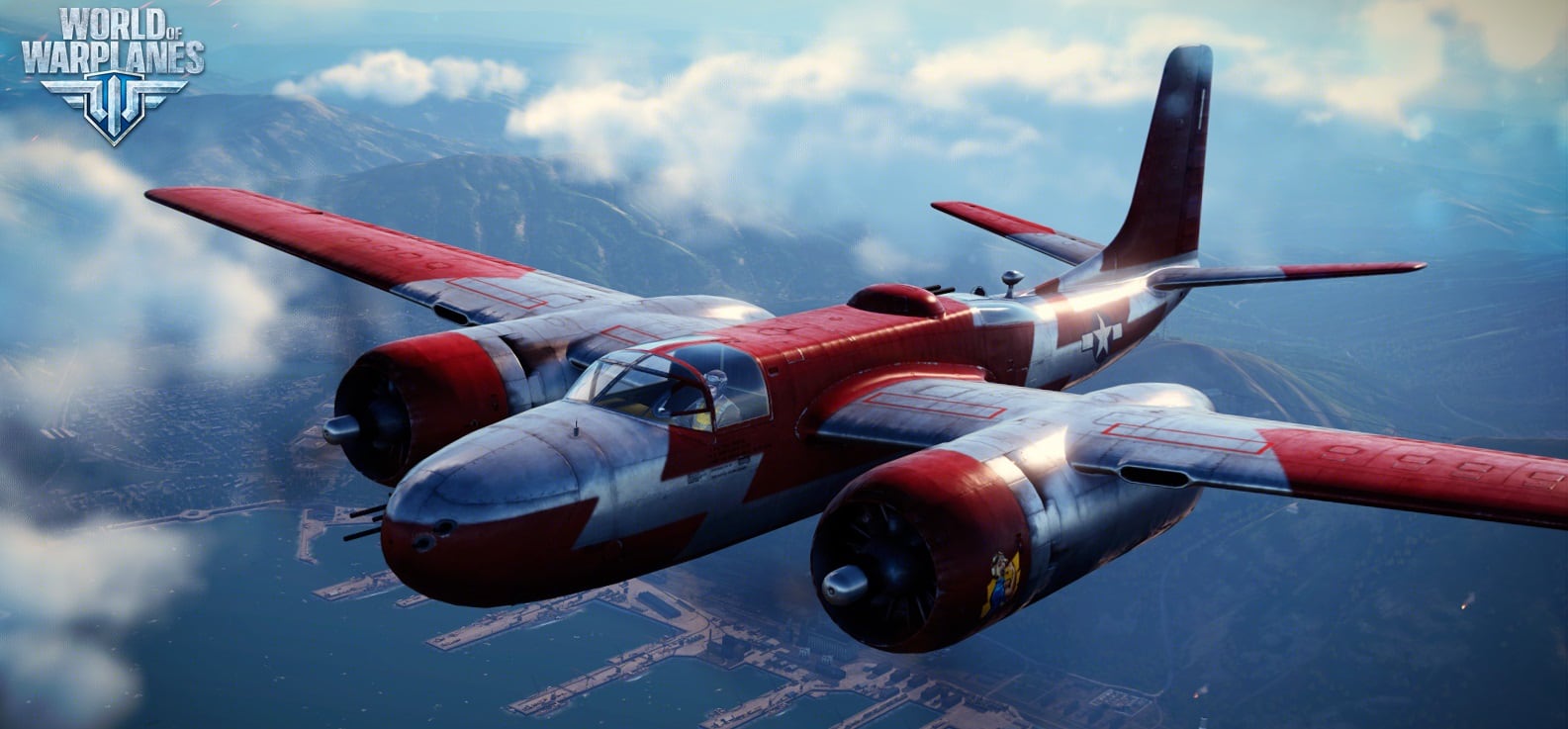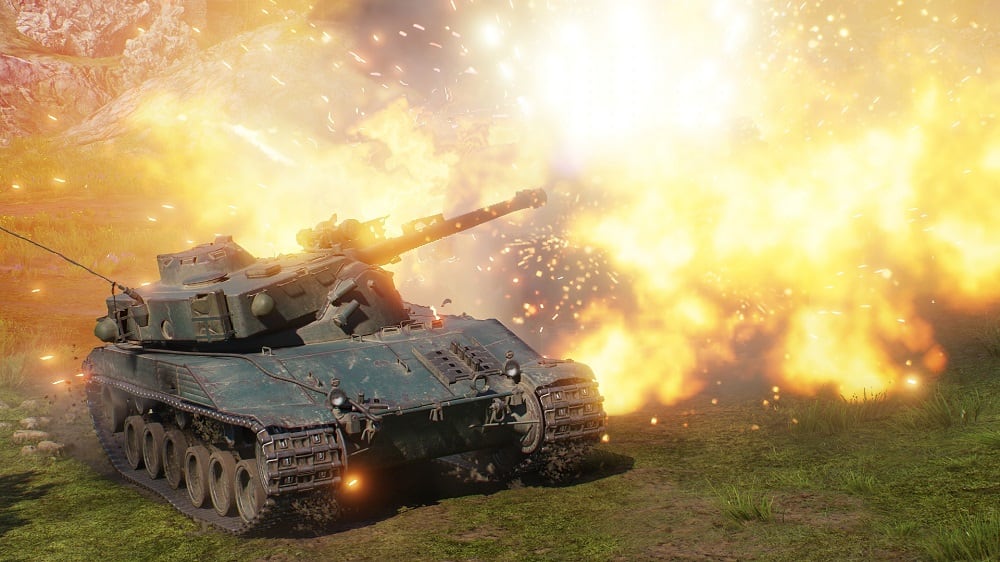The in-house historian for the gaming company responsible for “World of Tanks” brings more than two decades of military experience to the job, including 17 years and counting in the U.S. Army National Guard.
But when the games move from tanks to planes ― a second version of Wargaming’s “World of Warplanes” launched late last year, full of updates ― Nicholas “The Chieftain” Moran had an ace up his sleeve.
“I do have one minor advantage, in that I have a have a pilot’s license,” said Moran, a major in the Nevada Army National Guard with deployments to Iraq and Afghanistan on his resume. “So I do happen to know one end of an airplane from another.”
Military Times spoke to Moran in 2015 about his path from Ireland to the U.S. to his post as director of militaria relations for Wargaming, an international gaming brand with free-to-play, multiplatform products on land, air and sea. In a recent interview, he talked about his interactions with fellow military gamers, how Wargaming balances accuracy and game play, and how real-life fighter pilots stack up with players when it comes to “World of Warplanes” (Spoiler: Not great).
Replies have been edited for length and clarity. Gamers can find Moran online as “The_Chieftain” and get more details about his service here:
On aviators at the controls of “World of Warplanes”:
We have put actual fighter pilots in front of the computer and said, “Have fun!“ And they get their arses kicked by [teenagers] because they’re doing real pilot things, like energy conservation. We don’t have energy in the game, so the pilot’s deliberately hamstringing himself because of what he knows is correct, but doesn’t apply in the game. And we have unlimited ammunition, basically. … In the game, you can hold down the trigger until we say “the gun is overheated.“ That’s just a game-play thing.
Tactics, this is a random 15-on-15-person game. On rare occasions, you come up with a buddy, but effective air tactics require a wingman. Well, you can’t really do that in the game. Not easily. To a very large extent, the real world [tactical approach] doesn’t apply.
Now, when it comes down to the historical side of things, like what was the RAF doing in the air war over Dunkirk, it isn’t, “Do you know what the answer is?“ It’s, “Do you know where to find the answer?“ And to that, because we’re a well-funded company, I can buy as many books as I want … or I can go to a subject-matter expert.

On other ways the Wargaming offerings depart from historical accuracy:
The way artillery works in [”World of Tanks”] is entirely different than the way real-world artillery works. The way it’s used in the real world is unthinkable for what we’re trying to do. People will occasionally will say, “This isn’t how you use artillery! It’s supposed to be an area-effect weapon, you call in a grid, you don’t have one individual artillery piece aiming at one individual target tank,“ with obviously a couple of minor exceptions like Sicily or Anzio or something like that. …
The comment is made, and we simply reply that we’re trying to make a fun game, and we’re making conscious decisions to abandon reality in this context for the sake of making the game fun and playable. And again, if it’s not fun, who’s going to play it?
They may argue over methodology that we are using to do this … but you can’t please everybody. We do what we think is best for the game, and the success of the game indicates we’re not doing all that bad a job at it.
On interacting with service members and veterans in the gaming sphere:
They just like to have somebody to talk to who knows what they’re talking about, even if it’s just sharing war stories. That can be done in person … or it can be online, in forums or wherever. Players just appreciate having somebody who understands what they’re talking about, and can talk back to them in the same language.
There are limitations to that: I don’t know a whole hell of a lot about life aboard ship, but you still have that type of military bond. You kind of get the same effect across, although you can’t get into the same level of detail.
On his online efforts outside of the game, including regular YouTube videos featuring various tanks and other presentations:
I always emphasize that the purpose of a tank isn’t to win a battle. It’s to win a war. That includes crew ergonomics. That includes logistics requirements. That includes how do you get a tank from a factory in Detroit to a battlefield in France? People don’t think about that.
Those little round things on the corners? The lifting hooks? You don’t see those on German tanks because the Germans didn’t care. They didn’t have to lift it onto a ship. The designers didn’t have to worry about how much cargo capacity a crane would have on a ship. But the Americans did.
And the Americans used their tanks as part of a combined-arms warfare theory, which is perfectly modern. And it didn’t matter if your tank wasn’t the absolute best at something, because the entire team would come together, and you would win the fight that way.
You play any war game, including ours, you don’t see things like how easy it is to restock the 10-round ready rack from the ammunition that’s stored elsewhere in the tank.

How his video approach differs from other historians:
Nobody’s ever done it quite the way I do it before. That was a deliberate decision. Let’s take a random tank, like the Tiger tank. You can find all sorts of information on the internet, on videos, on the History Channel, that basically says, “This is a Tiger tank, it was built in 1942, saw service in Tunisia ...“ all that sort of stuff you can get anywhere else. I realized that what I could bring to the table that no other presenter was doing was a user-level perspective on it, as an armor officer.
So a lot of my focus in these videos is not on the capabilities of the tank but the abilities of the crews to use those capabilities, which I think is a very underrated thing. A lot of war gamers and enthusiasts, they look at hard figures. … That is so not what a war is.
Kevin Lilley is the features editor of Military Times.





